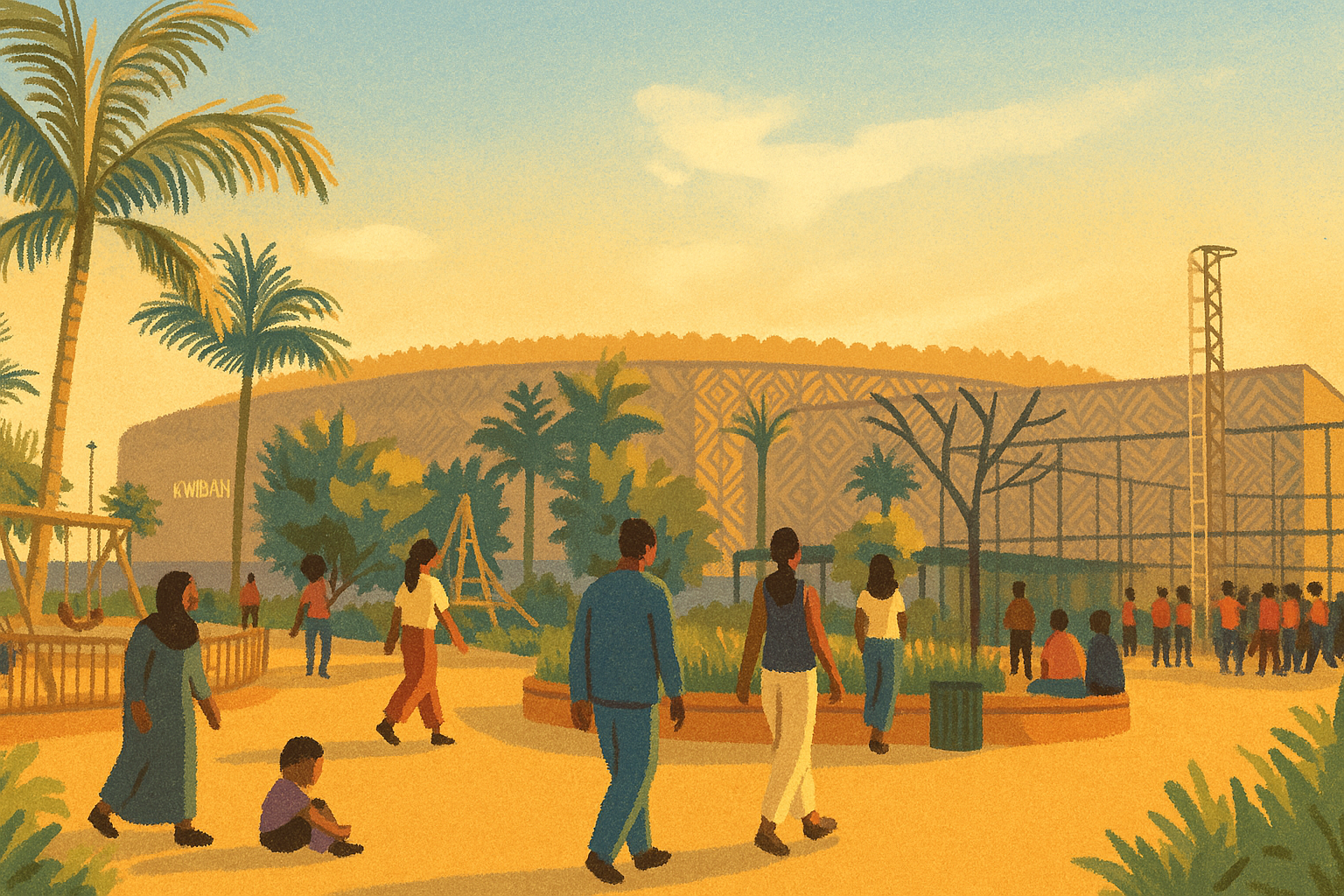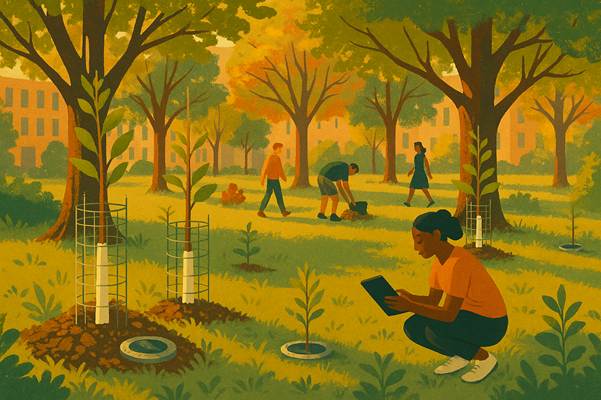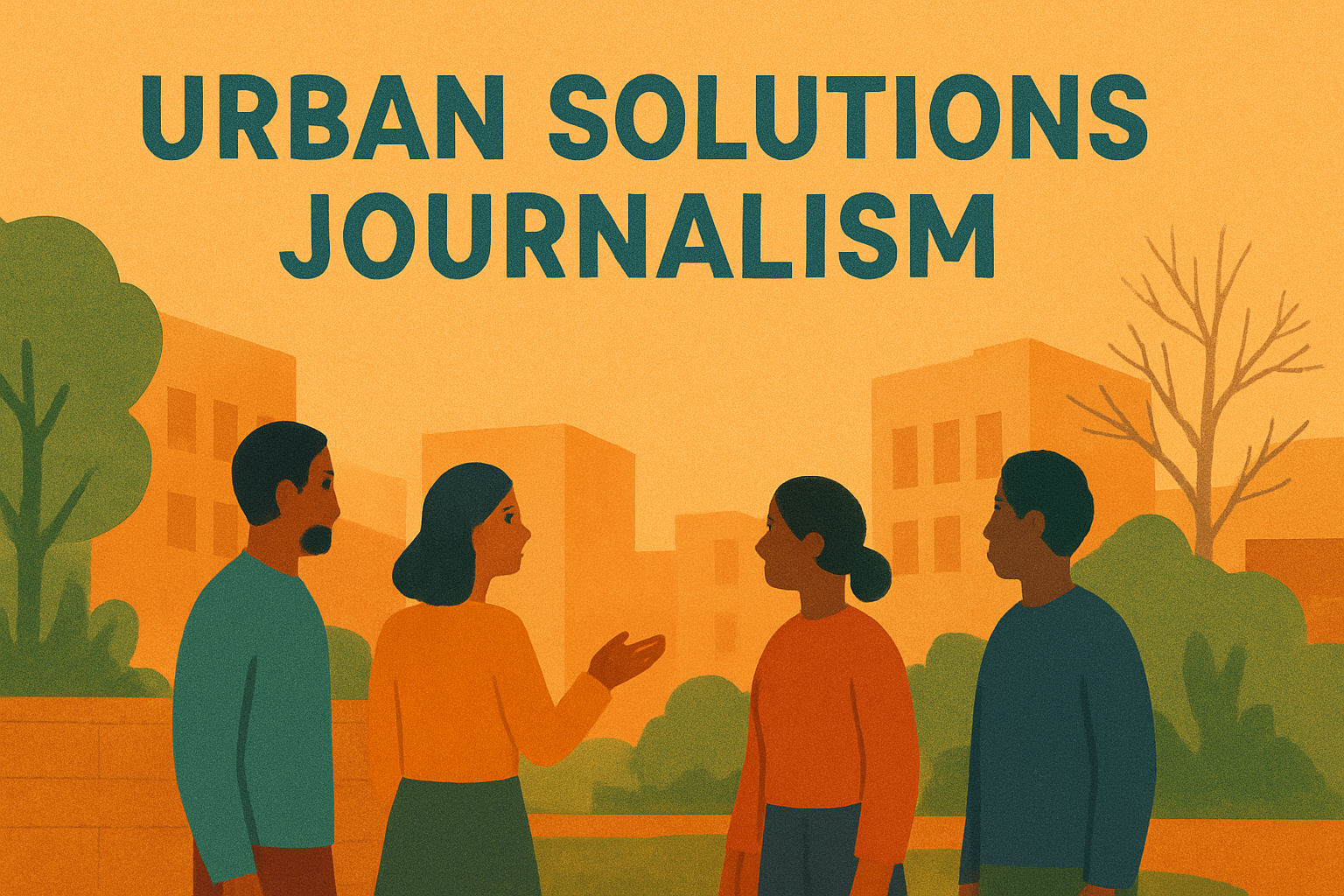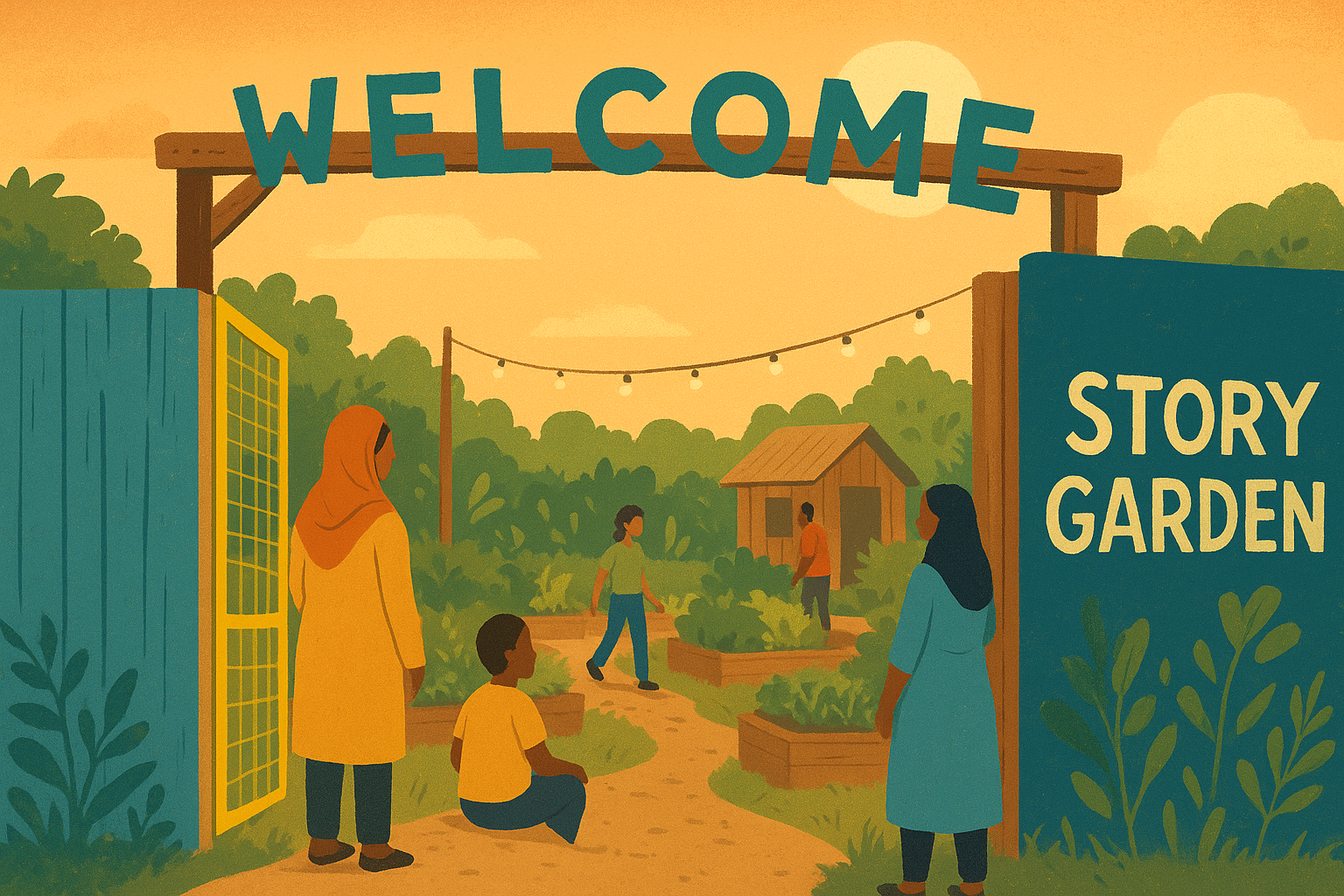As summer kicks off across the Northern Hemisphere, temperatures are already pushing records in many European cities. So what can urban planners, designers, and architects do to help cool overheated neighbourhoods – quickly, affordably, and inclusively?
The joys and challenges of urban summers
Summer is a joyful, long-awaited season – especially in northern cities, where long daylight hours bring new life to streets, parks, and public spaces. However, summer in the city also brings many challenges. Urban heat islands – already warmer than their rural surroundings due to dark surfaces and dense infrastructure – become even more stifling during summer. Vulnerable groups of the population, such as children, the elderly, and outdoor workers are especially affected by high (as well as very low) temperatures, impacting their health, equitable access to the city, mobility, and overall quality of life.
Thanks for reading Urban Solutions Journal! Subscribe for free to receive new posts and support my work.Subscribed
Urban planners can help make hot cities more breathable by cooling them down. With temperatures rising all over the world, cool solutions are becoming increasingly important for all of us.
Here is a list of the best ones I have come across:
- Urban forests: Granted, this is not the quickest way to cool down a neighbourhood, but certainly a cost-effective and sustainable one. Trees release water vapour and cool their environment. They often result in recreational spaces and support biodiversity. While not instant, these solutions offer long-term cooling, biodiversity, and social value.
- Lighter colours: Streets are often the hottest point in cities due to their dark colours, affecting pedestrians and cyclists the most. Using lighter, more reflective materials for streets and rooftops can reduce surface temperatures and improve comfort for pedestrians and cyclists.
- Shade: Especially in a heatwave, shadow is suddenly one of the most important commodities in cities with many pedestrians. Tall trees, large screens, and awnings all help. Walkway roofs can also be greened or fitted with solar panels – a win-win.
- Water: Those cities with enough water can cool down their heat islands by installing mist sprayers in parks and transit stops, cooling water features like fountains and splash pads in public spaces, and even re-surfacing rivers. Drinking fountains are another great way of providing some relief. Smart systems like those in Singapore reuse rainwater for cooling fountains and greenery. In New York City, fire hydrants regularly turn into safe, supervised urban sprinklers.
- Support for active transit: In many cities, people will still use active modes of transportation even during a heatwave if they have the matching infrastructure. Planners can provide changing cabins and cool showers for cyclists, install hydration stations, and map cooler, shaded routes for walkers and bikers.
- Shelters: Even in more temperate climates, shelters and cooling centres are a necessity in summer. These are free, air-conditioned public spaces such as libraries or cultural centres with a maximum temperature of 26°C, providing resting areas with seats and drinking water. Toronto in Canada has a cooling centre strategy, as does London in the UK. During peak heat, cities can partner with malls, cinemas, or religious spaces to provide more shelter. Free access to cooling centres can be life-saving during heatwaves, especially for those without air conditioning.
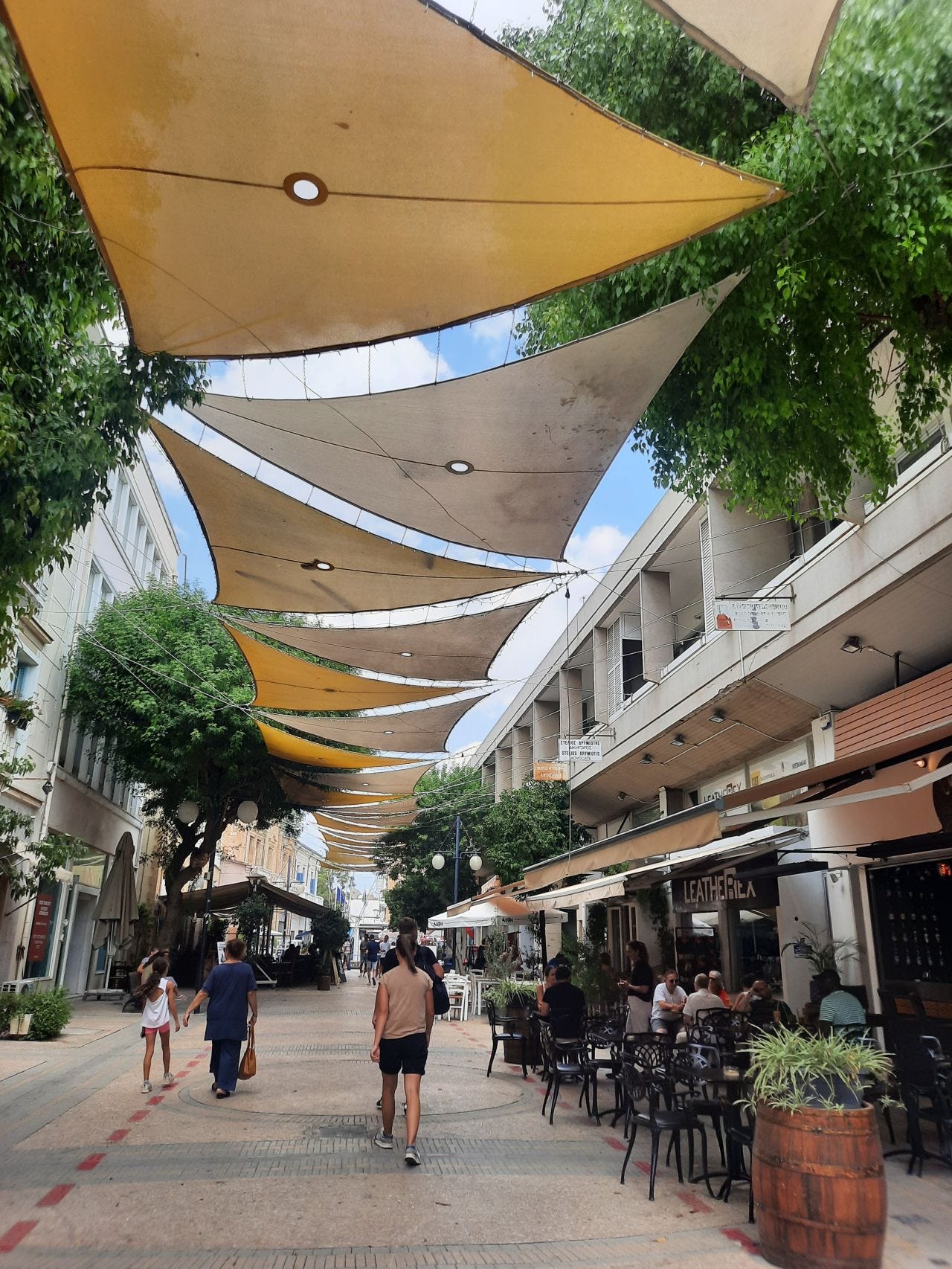
Cooling as connection: a social and environmental opportunity
As you can see, most of these solutions for cooling down the city, or at least some neighbourhoods, don’t require a large budget or major infrastructure. They just need some creativity and coordination. While trees and rivers take time, others can pop up quickly when needed.
Cities are taking this seriously. For example, did you know that Athens, one of Europe’s hottest cities, now has a chief heat officer to coordinate cooling efforts?
Important things to consider when planning for less heat in cities is how to reach marginalised communities. They might not be reached by digital communication about cooling offers. Language, access, mobility needs, and signage visibility are key. Ideally, cities use participatory design to co-create pop-up and more permanent cooling spots in different neighbourhoods, collaborating for example with local youth or artists.
Cooling down a city isn’t just a technical fix – it’s a social good. It creates joyful summer moments, encourages connection, and enhances placemaking. Combined with long-term climate strategies, even small cooling interventions can make a big difference. Ultimately, cooling the city isn’t just about infrastructure – it’s about creating equity, comfort, and joy in the places we all share.
Read more: Reasons to be Cheerful has a great article on four cities that are cooling down creatively.
What simple or innovative cooling ideas have you seen in your city? Share your thoughts in the comments – we’d love to learn from your experiences!



